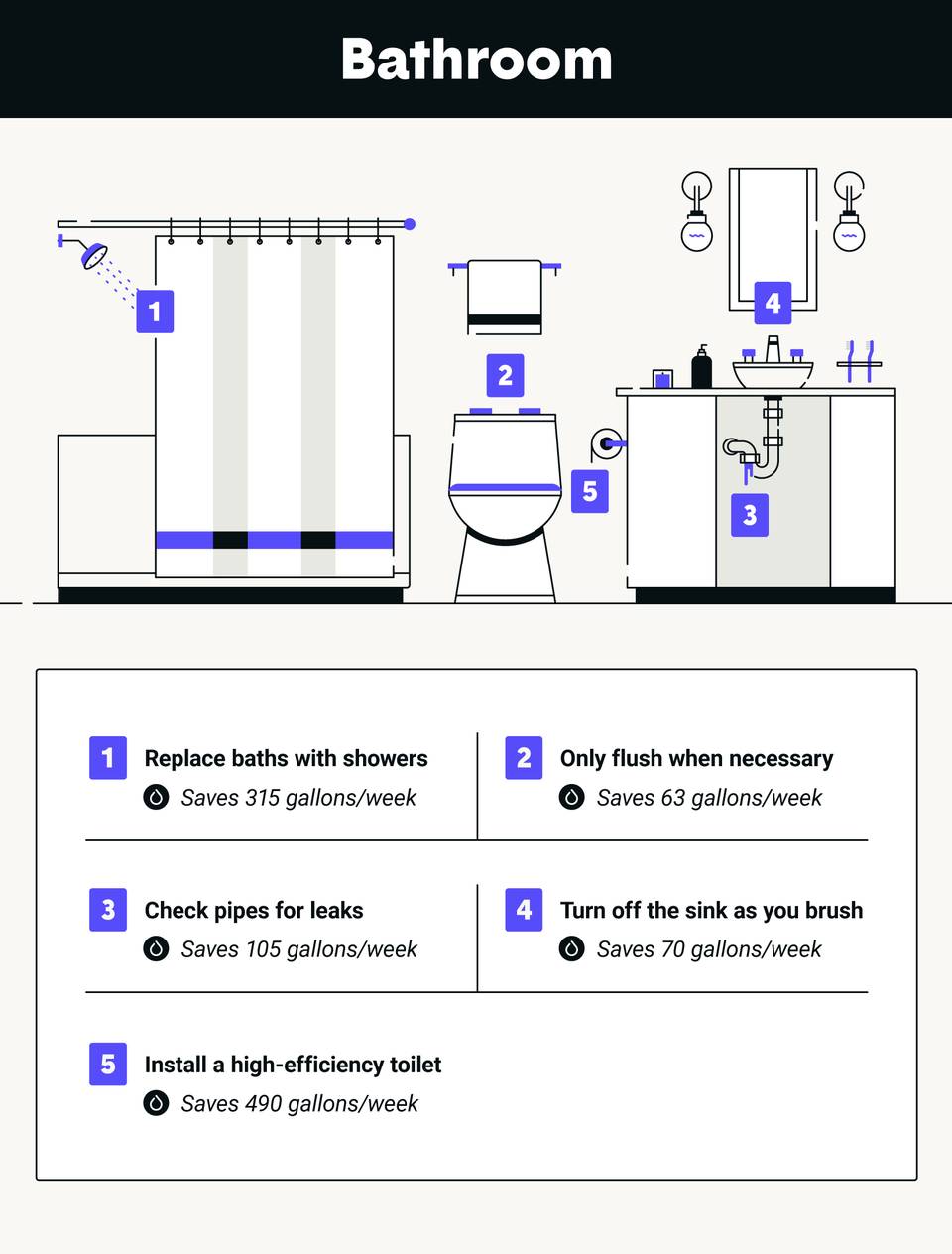16. Maintain your irrigation system
Up to 50% of outdoor home water use is lost due to wind, evaporation and runoff caused by inefficient irrigation methods. Save up to 146 gallons of water per week by checking on your irrigation system monthly.
You should also adjust your irrigation schedules depending on the time of year, running sprinklers less frequently in the winter months. Another trick is to run your sprinklers in the morning to lose less water to evaporation.
17. Plant native and drought-tolerant plants
Spend less time and energy watering your lawn by making smart plant purchases. A little bit of research can go a long way to find the best native and/or drought-tolerant plants.
Drought-resistant plants, such as aloe and geranium, can survive with less rainfall and watering. Native plants are already accustomed to the climate and natural rainfall. While you’ll still need to maintain them, they should require a lot less work than exotic plant species.
18. Add mulch to your garden or lawn
Mulch is another great way to conserve water in your yard, because it prevents evaporation and weed growth by helping plants hold their moisture.
Compost, wood chips and straw are three popular mulches for moisture retention and can help reduce evaporation from soil by up to 70%.
19. Use a broom to clean driveways and sidewalks
Skip the hose and grab a broom next time you clean your driveways and sidewalks. This small maintenance task can save up to 150 gallons of water every cleaning.
Due to its effectiveness, some cities, such as Los Angeles, have required broom cleaning by law during droughts.
20. Collect rainwater in a barrel
Harvesting rainwater is a natural irrigation method that collects rain in a barrel for you to reuse on your yard or garden. Some states, such as Texas and Rhode Island, even offer a tax incentive. Other states have particular laws about the practice, so make sure to do some reading before you collect.
Another important reminder is that rainwater harvesting can pose a health problem if the water is consumed, so always keep your barrel somewhere safe from small children and pets.








